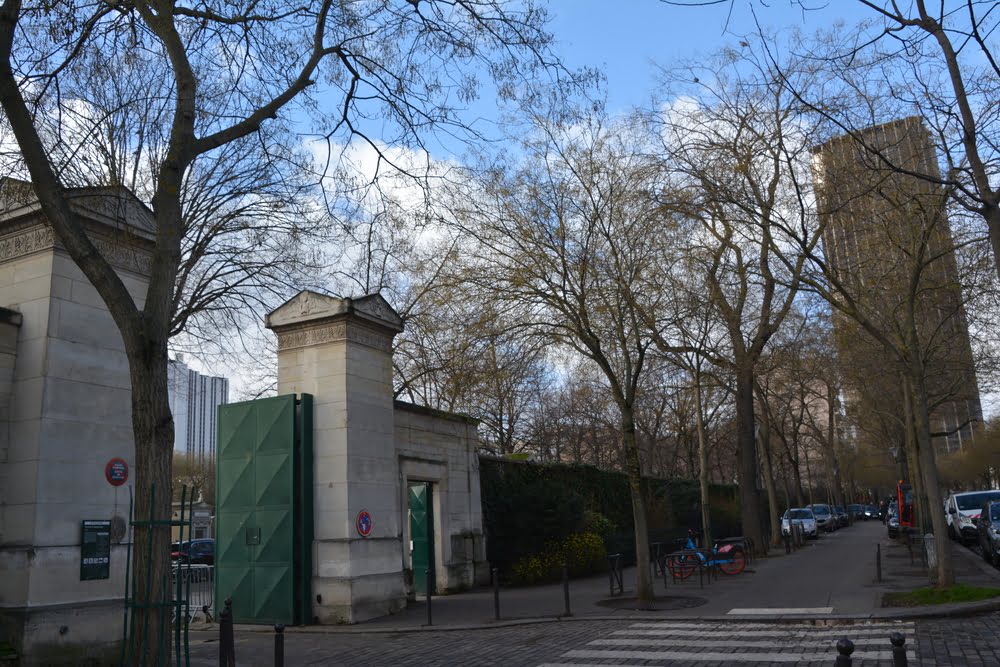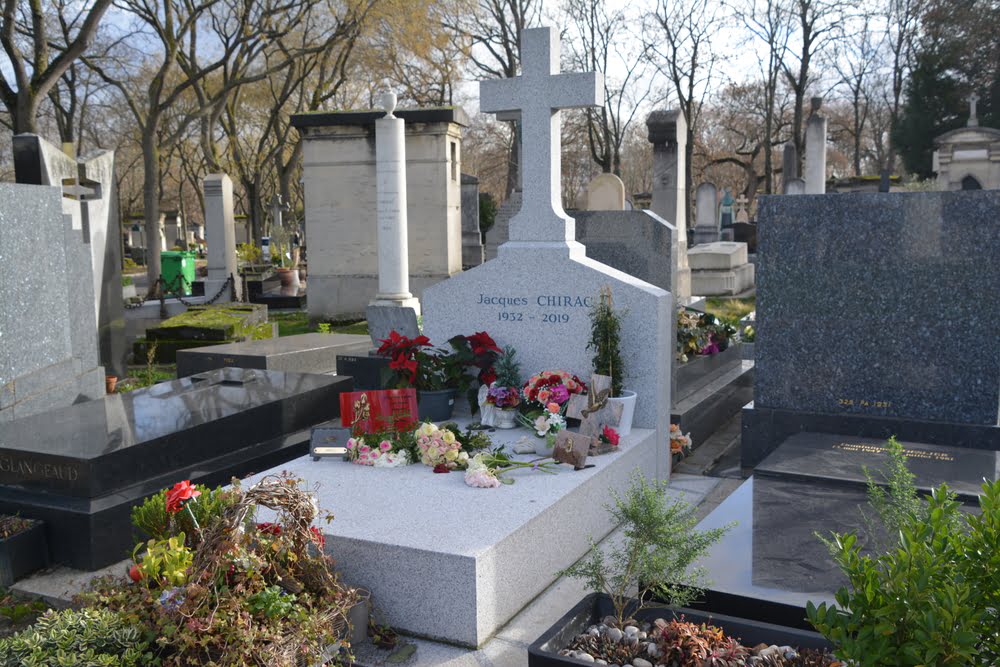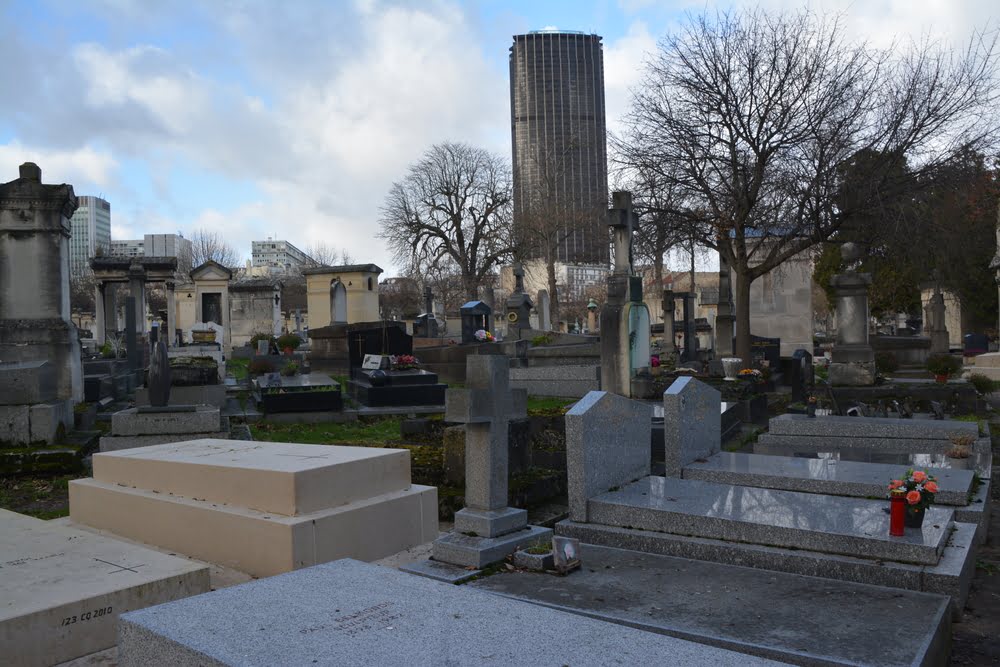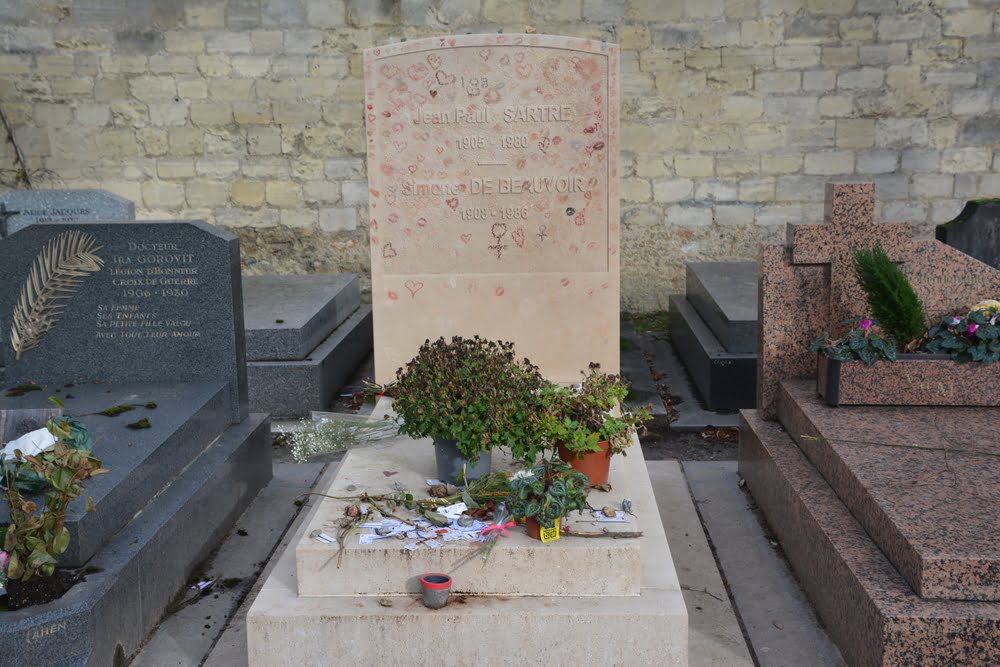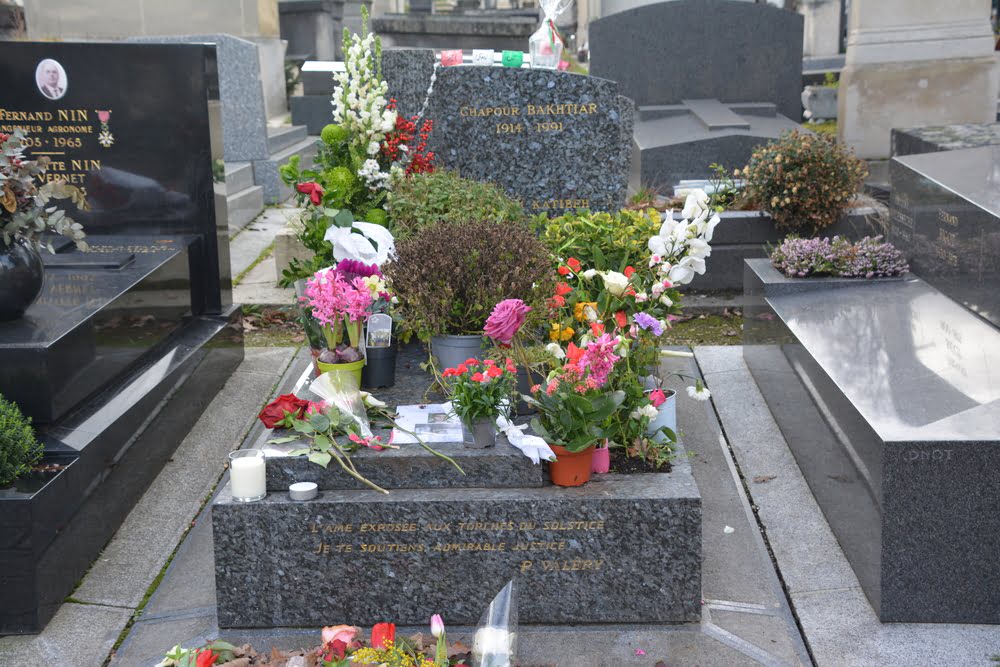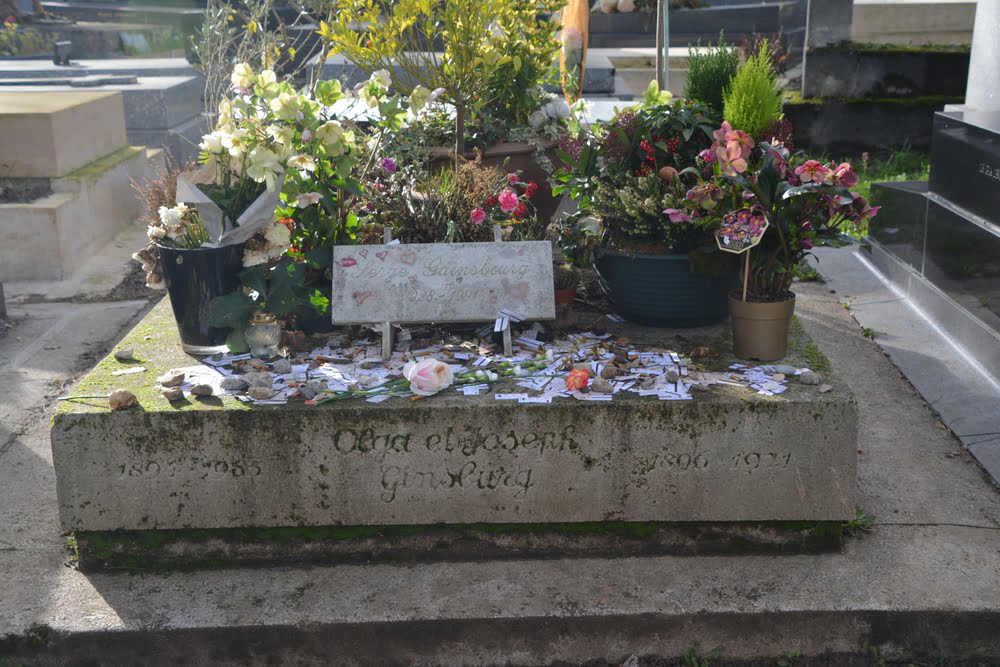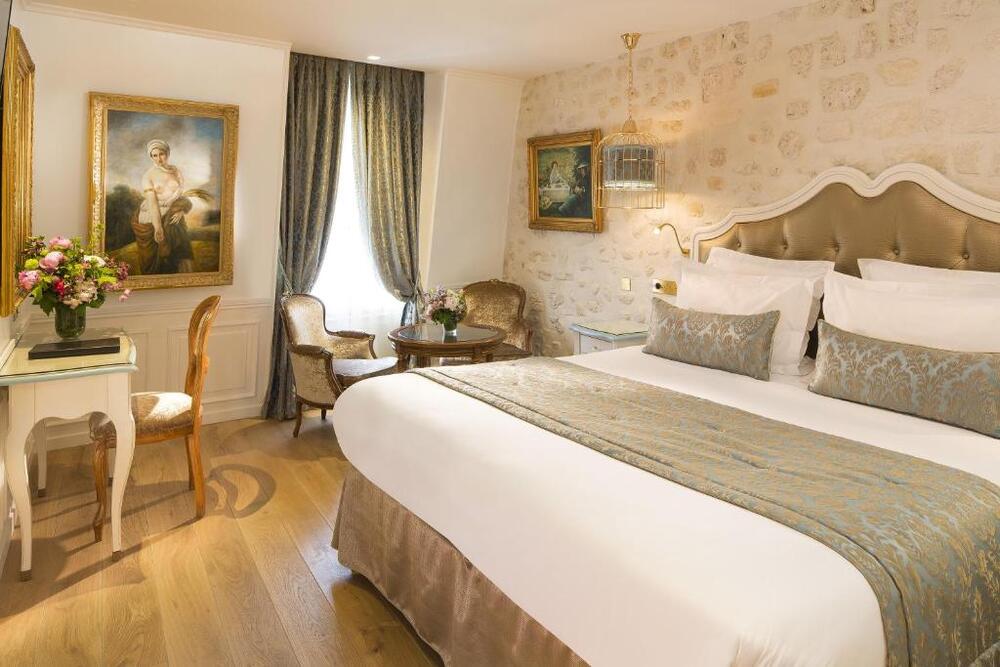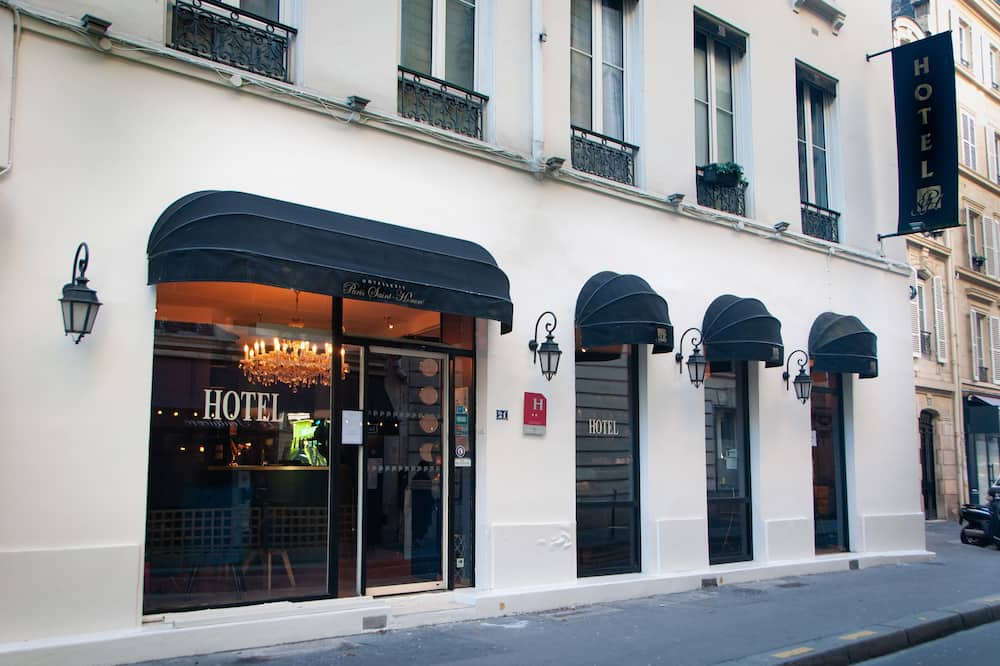Montparnasse Cemetery is a historic burial ground located in the heart of Paris, France. Established in the early 19th century, the cemetery is the final resting place for many notable figures from the worlds of art, literature, politics, and science.
With its beautifully landscaped grounds, elaborate tombs, and peaceful atmosphere, Montparnasse Cemetery is a popular destination for tourists and locals alike.
History of Montparnasse Cemetery
Montparnasse Cemetery was established in 1824 in the 14th arrondissement of Paris, during a time when the city was rapidly expanding and in need of additional burial grounds. The cemetery was built on the former site of three farms, and it was designed to be a modern, park-like space for the dead.
Over the years, the cemetery underwent several expansions and renovations, including the addition of a crematorium in the early 20th century. Today, Montparnasse Cemetery covers over 19 hectares and contains more than 35,000 graves.
One of the most notable features of the cemetery is its collection of elaborate tombs and memorials. These monuments reflect the changing fashions and tastes of the times, from the ornate Gothic Revival style of the 19th century to the Art Deco and Art Nouveau styles of the early 20th century.
Montparnasse Cemetery is the final resting place for many influential figures from French culture and beyond. Some of the notable graves in the cemetery include those of philosopher Jean-Paul Sartre and writer Simone de Beauvoir, playwright Samuel Beckett, singer Serge Gainsbourg, and many more. Each of these graves tells a story of the person buried there, their accomplishments, and their impact on the world.
Visiting Montparnasse Cemetery
If you’re planning to visit Montparnasse Cemetery, here are some practical details to keep in mind:
- Opening Hours: The cemetery is open every day from 8:00am to 6:00pm. During the summer months (April 1st to September 30th), the cemetery remains open until 8:00pm.
- Accessibility: Montparnasse Cemetery is easily accessible by public transportation. The nearest metro stations are Raspail and Edgar Quinet, and several bus lines also stop nearby. The cemetery is wheelchair accessible, but some of the paths may be uneven or difficult to navigate.
When you visit Montparnasse Cemetery, there are many notable graves and monuments to see. Here are a few highlights:
- Jean-Paul Sartre and Simone de Beauvoir: These two famous philosophers are buried side by side in a simple, unadorned grave. Look for their names on a small plaque set into the ground.
- Samuel Beckett: The Irish playwright and novelist is buried in a simple plot with a modest headstone.
- Serge Gainsbourg: The popular singer and songwriter has a striking grave covered in lipstick kisses and other mementos left by fans.
- Charles Baudelaire: The French poet has a large monument in the cemetery, featuring a sculpture of the poet himself by artist Auguste Rodin.
n addition to exploring the cemetery on your own, there are also guided tours available that can offer more context and insight into the history and significance of the graves and monuments. Some tours are led by professional guides, while others are self-guided using audio guides or maps.
No matter how you choose to explore Montparnasse Cemetery, it’s a fascinating and beautiful place to visit. Don’t forget to bring comfortable shoes and plenty of water, as the cemetery is quite large and there’s much to see!
Montparnasse Cemetery and Culture
Montparnasse Cemetery has long played a role in French art and culture. Here are a few examples of the cemetery’s cultural significance:
- Art and Photography: Many famous artists and photographers have been drawn to Montparnasse Cemetery over the years. The cemetery’s sculptural monuments and serene atmosphere make it a popular subject for painters, photographers, and other visual artists. For example, the American photographer Walker Evans took a series of photographs in the cemetery in the 1920s, capturing the haunting beauty of the gravestones and tombs.
- Literary Connections: Montparnasse Cemetery has also been featured in many works of literature over the years. The cemetery’s most famous literary resident is probably Charles Baudelaire, whose grave we mentioned earlier. Other notable writers buried in the cemetery include Samuel Beckett, Marguerite Duras, and Julio Cortázar. In addition to these literary connections, the cemetery has also been used as a setting in many works of fiction, such as Ernest Hemingway’s “A Moveable Feast” and Simone de Beauvoir’s “Memoirs of a Dutiful Daughter.”
- Other Cultural References: Montparnasse Cemetery has also made appearances in many other cultural works over the years. For example, the cemetery is mentioned in several songs by the French singer-songwriter Georges Brassens, who is also buried in the cemetery. The cemetery has also been featured in films such as “Paris, je t’aime” and “The Bourne Identity,” among others.
Whether you’re a fan of art, literature, or film, Montparnasse Cemetery has something to offer. Its peaceful beauty and rich cultural history make it a must-see destination for anyone visiting Paris.
Location: 3 Boulevard Edgar Quinet 75014 Paris
Phone: 01 44 10 86 50
Official website: https://www.paris.fr/lieux/cimetiere-du-montparnasse-4082

